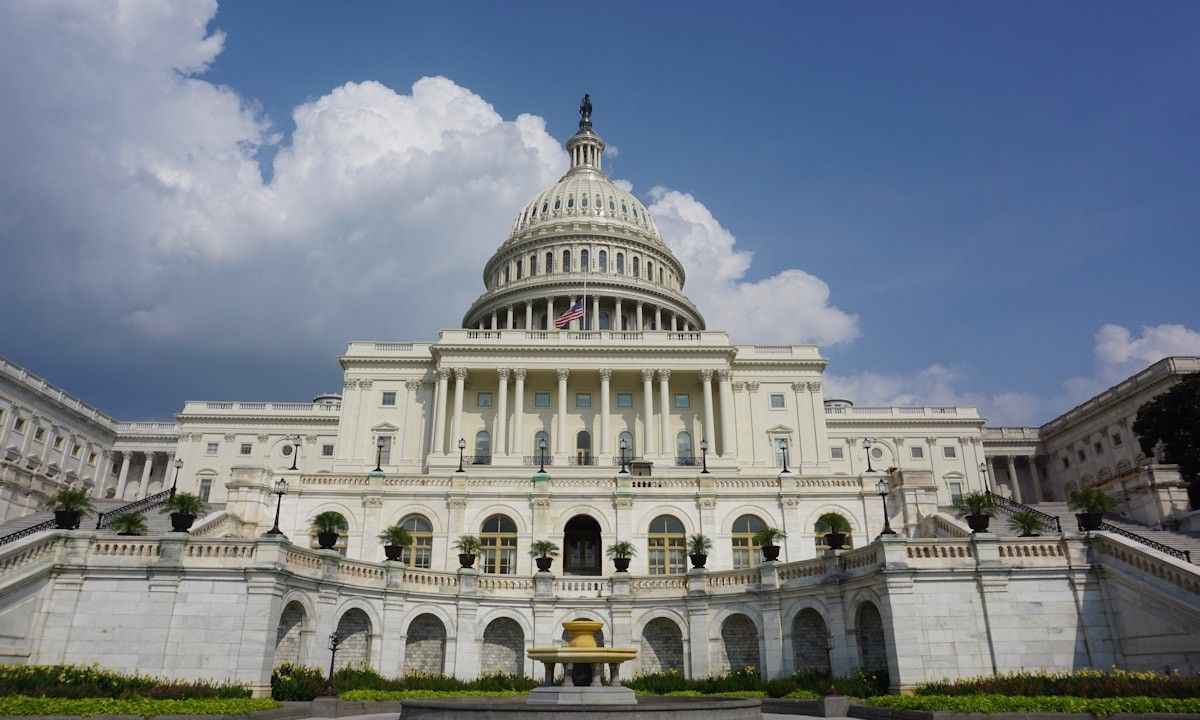Business Practices, eNews
In-person customer visits are less common, but not less valuable

In person customer visits, face-to-face meetings between a representative from your company and your customer at their location, are becoming less common. Video conferencing platforms like Zoom and Microsoft Teams have reshaped how businesses interact with customers, providing more convenient and cost-effective solutions.
Why it matters: Although in-person customer visits are not as commonplace today, they are still equally important. Below, we will examine why customer visits have slowed and why they remain valuable in the credit department.
In-person customer visits have decreased significantly over the last decade. According to an eNews poll last year, nearly two-thirds (63%) of credit professionals no longer conduct customer visits as part of their credit investigation. But for the 37% of credit professionals who still visit customers face-to-face, they say the value gained is unmatched.
Why are in-person customer visits decreasing?
One reason in-person customer visits have decreased is that more companies have adopted a hybrid work environment, making it more difficult to schedule meetings in person. “It has certainly slowed with the new hybrid work schedule some businesses keep,” said Kenny Wine, CCE, director of credit-South/East at Joseph T Ryerson & Son, Inc. (Little Rock, AR).
Technological advancements have provided a more cost-effective and convenient way to communicate with customers. Through a screen, you’re able to see and talk to someone in real-time. “It takes less time, is quicker to arrange and you’re able to share credit information via Microsoft Teams,” said Alicia Johnson, CBA, CCRA, credit supervisor at Cleveland-Cliffs Steel (Burns Harbor, IN). “Although it makes for quicker, time-sensitive decisions, we lose the opportunity to get out and meet people face-to-face.”
Another reason is that customer visits are an expense for businesses. “They can be costly and time-consuming,” Johnson said. “It also can prolong or complicate decisions that need to be made rather quickly.”
Why are in-person customer visits valuable?
#1 Assess creditworthiness
First and foremost, in-person customer visits are intended to observe the customer’s facilities and how they conduct business. This can be anything from observing the building, surroundings, cars in the parking lot, to the staff and inventory buildup of the customer. Doing so gives you a better understanding of the customer’s financial state if they’ve been dodging calls or are late on payments. “I get to see the business, how it’s maintained and what type of vehicles are in the parking lot,” Wine said. “I can also tell how busy, organized and safe they are.”
Meeting someone in person allows you to better assess their character. Their body language and emotional cues can provide valuable insights into the business’s financial health and creditworthiness. “It’s a lot tougher to lie to you in person when you shake their hand and look them in the eye,” said Wine.
#2 Increase likelihood of payment
In-person customer visits provide credit professionals with the opportunity to discuss and review financials with customers, leading to a higher likelihood of payment. Oftentimes, delinquent customers realize how serious you are about resolving the payment issue and may pay you on site. “It signals the seriousness of the situation, and I’ve had customers express appreciation for the personal touch,” said Lee Tompkins, RGCP, director of credit and collections at MPW Industrial Services, Inc. (Hebron, OH). “Conducting in-person visits for high-potential customers is worth the investment.”
#3 Resolve disputes
In-person customer visits help credit managers resolve and prevent disputes from escalating to the point of legal action or formal collections. They are also an opportunity to negotiate and find a mutually beneficial solution. “A key part of these visits is letting the customer know you want to avoid going to the legal level because it will cost both sides money and potentially harm the relationship,” Tompkins said.
#4 Relationship building
Meeting face-to-face allows for a more personal and interactive way to build relationships and understand your customer. “In person, people more often open up about their personal lives and challenges which helps build a stronger relationship overall,” Tompkins said. The closer the relationship, the more likely they will pay you in the future.”
It’s also an opportunity to build relationships with people in different departments. “When I’m talking to operations, engineers or plant managers, I often ask to meet the accounts payable person to thank them,” Tompkins said. “No one else visits accounts payable, so they really appreciate the gesture. It’s a small thing, but it goes a long way in building relationships and differentiating yourself from others.”
Tips from the experts
For many privately held businesses, money is a sensitive subject. It’s embarrassing, and they may feel they’ve gotten themselves into a hole or overextended. In those situations, it is best to approach the situation as a resource, not a threat. “You need to be humble, kind and firm when necessary,” Tompkins said. “Sometimes, you might have to make concessions, such as offering a payment plan or adjusting the invoice totals.”
Visit customers in person often to show your appreciation. “You always hear about when things go wrong but calling attention to customers who pay us timely or have met outstanding goals strengthens the customer relationship,” Tompkins said. “They can also take you on a tour and introduce you to their team who can help answer your questions.”
Bottom line: Although in-person customer visits have become less common, they will never go away. They still serve as a means to improve business, reduce risk and build customer relationships.





